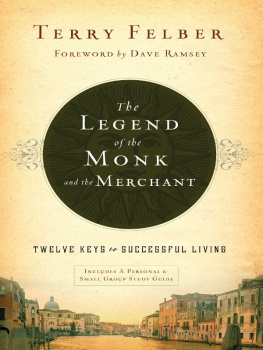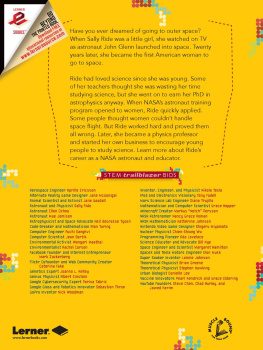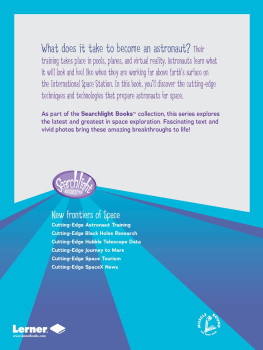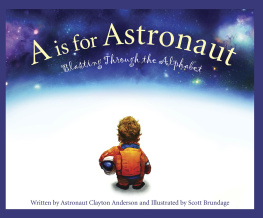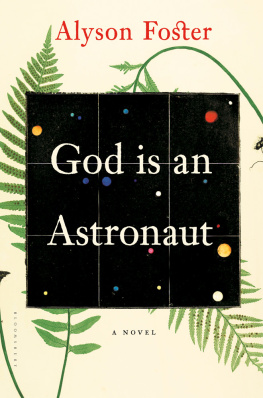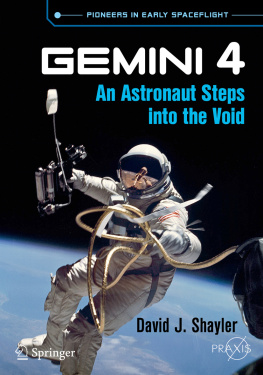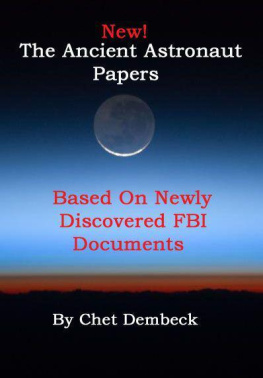Terry Virts - How to Astronaut
Here you can read online Terry Virts - How to Astronaut full text of the book (entire story) in english for free. Download pdf and epub, get meaning, cover and reviews about this ebook. year: 2020, publisher: Workman Publishing Company, genre: Home and family. Description of the work, (preface) as well as reviews are available. Best literature library LitArk.com created for fans of good reading and offers a wide selection of genres:
Romance novel
Science fiction
Adventure
Detective
Science
History
Home and family
Prose
Art
Politics
Computer
Non-fiction
Religion
Business
Children
Humor
Choose a favorite category and find really read worthwhile books. Enjoy immersion in the world of imagination, feel the emotions of the characters or learn something new for yourself, make an fascinating discovery.

- Book:How to Astronaut
- Author:
- Publisher:Workman Publishing Company
- Genre:
- Year:2020
- Rating:5 / 5
- Favourites:Add to favourites
- Your mark:
- 100
- 1
- 2
- 3
- 4
- 5
How to Astronaut: summary, description and annotation
We offer to read an annotation, description, summary or preface (depends on what the author of the book "How to Astronaut" wrote himself). If you haven't found the necessary information about the book — write in the comments, we will try to find it.
How to Astronaut — read online for free the complete book (whole text) full work
Below is the text of the book, divided by pages. System saving the place of the last page read, allows you to conveniently read the book "How to Astronaut" online for free, without having to search again every time where you left off. Put a bookmark, and you can go to the page where you finished reading at any time.
Font size:
Interval:
Bookmark:
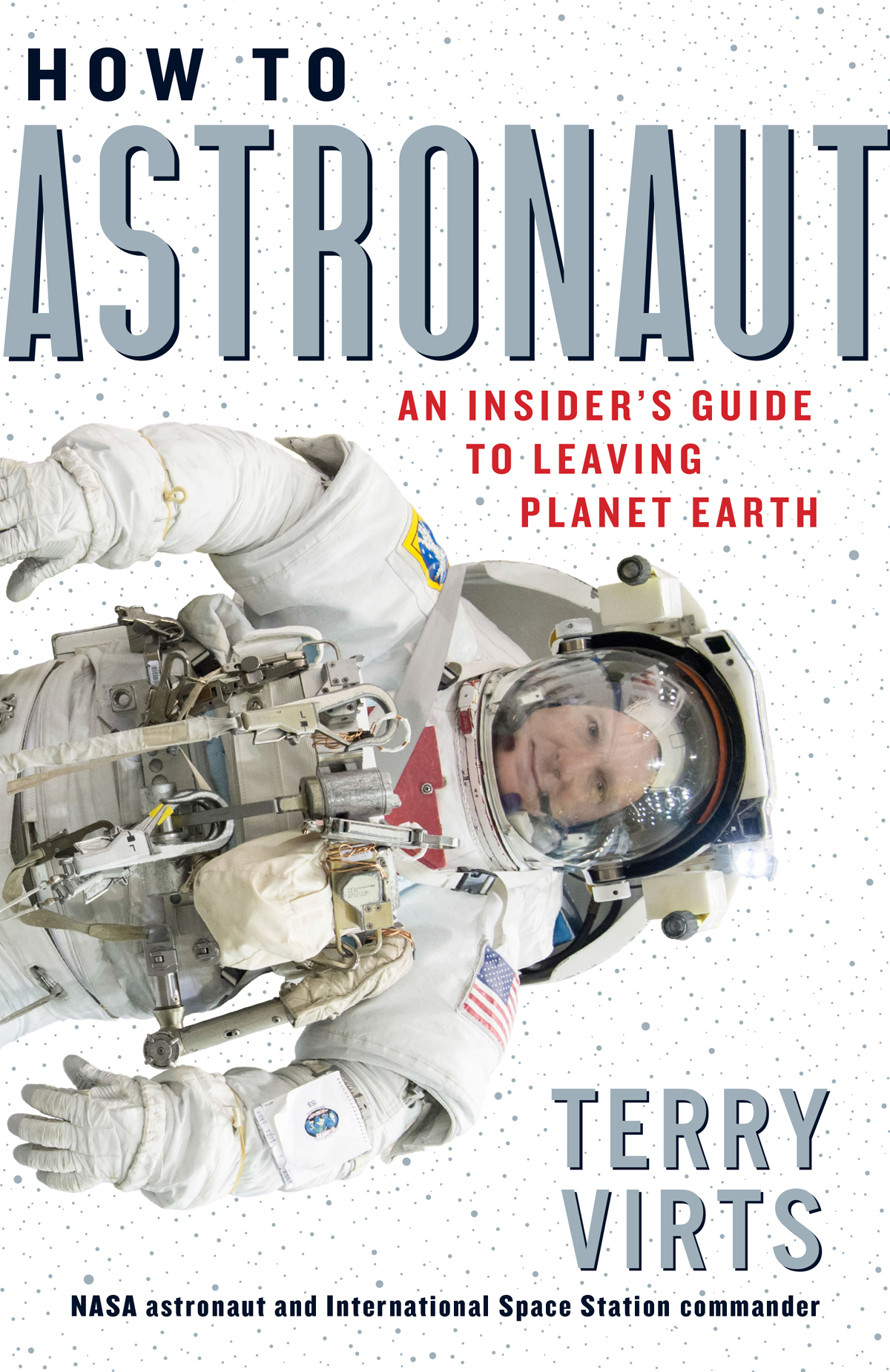
How To
Astronaut
An Insiders Guide
To Leaving Planet Earth
Terry Virts

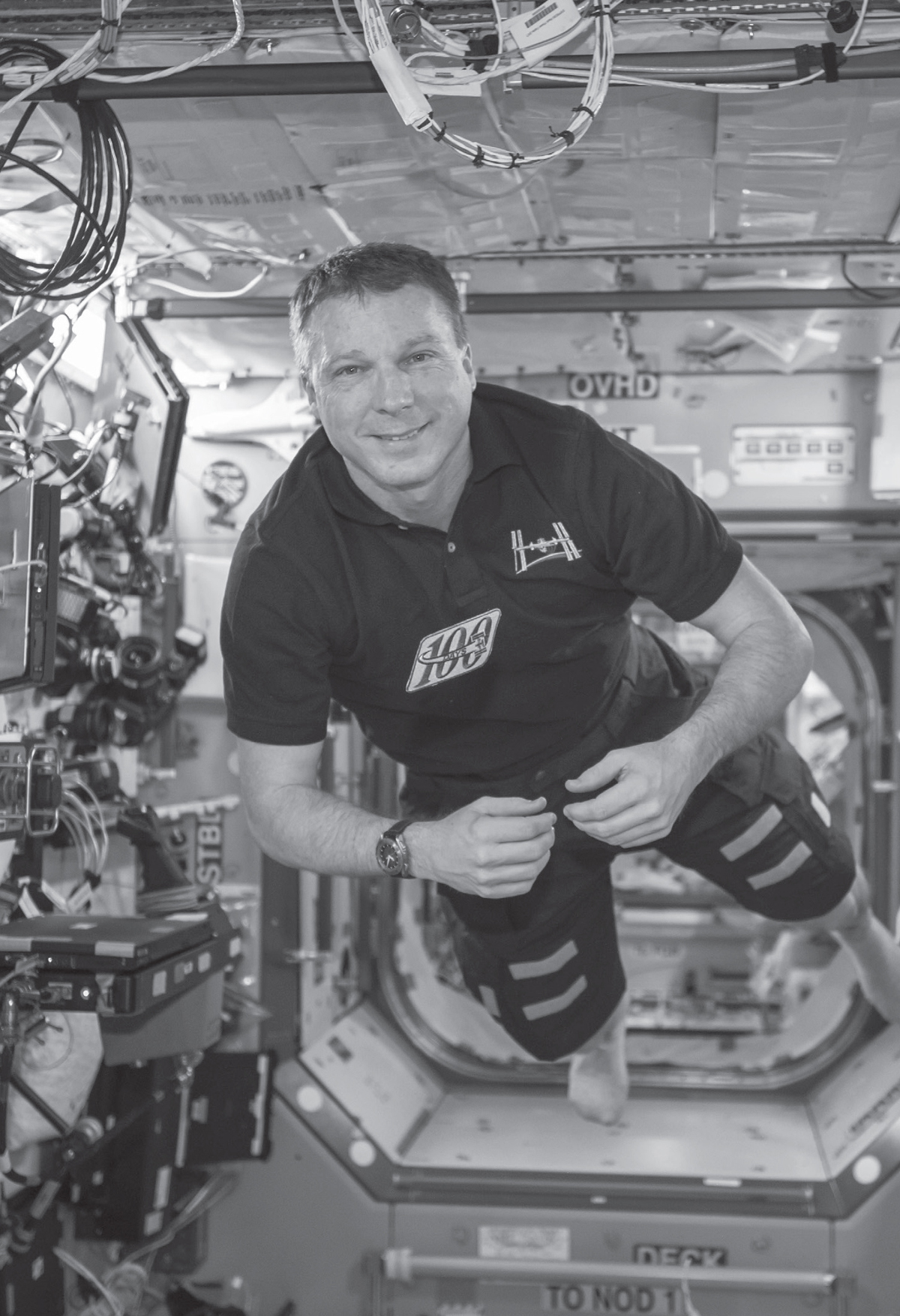
Celebrating 100 days in space during Expedition 42.

Not Your FatherS Astronaut Book
But He'll Like It Too!
T his book is a collection of essays, each one on a different subject related to spaceflight. Some short, some long. Some technical, some emotional. Some fact-based, and some purely speculative. Some funny, some tragic. All are written with two goals in mind: to make you laugh, and to make you say, Wow! Often.
Many are what you would expect in a book like this. How do you prepare to handle rocket emergencies? How (and why) do you fly jets down here on Earth? Train to be a Crew Medical Officer? Perform all manner of science experiments? Prepare to go outside on a spacewalk? Make a movie in space? Rendezvous two spaceships in orbit? Take a shower in weightlessness?
Planning to leave Earth as a space tourist in the near future? Theres a chapter with all you need to know.
Some essays are hypothetical. What would you do if your rocket engine didnt light to bring you back to Earth, and you were stuck in space? Hint: Youd have the rest of your life to figure it out. What would you do with the body of a crewmate who passed away? How would you handle tragic news from Earth, or bad news from bad bosses back home? Have people ever had sex in space? I also delve into the most philosophical questions of our time, about God, aliens, time travel, and how to unpack a cargo ship.
One particular chapter in this book was not a part of the original plan. But the editing was finishing up as the COVID-19 global pandemic reached full force, so I added a chapter about surviving isolation in space. It attempts to make a humorous comparison between being stuck in space and being isolated on Earth. The virus has caused so much pain and disruption to our planet, and I hope that this lighthearted take on quarantine and isolation can bring a smile during a time of unprecedented tragedy.
Although this books subtitle is An Insiders Guide to Leaving Planet Earth, there are a few questions you may still have when youre finished reading it. Which country (or company) will be first on Mars? Is there alcohol in space? How much money do astronauts make and what kind of cars do they drive? Can you play Fortnight in space? Are there guns in space? Will the Orioles ever win the World Series again? So many mysteries.
How to Astronaut is a book about adventure. About exploration. About the unknown. Its about the best things that make us human, and a few things that make us wish we werent. You will come away knowing more about space travel than you knew before you picked this copy up.
I wrote from the heart, in a down-to-earth style. You do not need to be a rocket scientist to digest the concepts here; they are all written so as to require no special knowledge of anything technical, other than curiosity and the desire to learn. This is not a technical manual or book of procedures. I pride myself on not explaining the precise wording of the myriad NASA acronyms you will run across (i.e., ARED is the NASA acronym for workout machine is about as technical as Ill get).
Its not your typical astronaut fare. But as the saying goes, Im not your typical astronaut.
To put this book into context, here is a brief description of my career. At the age of seventeen, I left home for the US Air Force Academy, and after graduation at age twenty-one, I began my journey as a jet pilot. I first flew F-16s as an operational pilot in the United States, Korea, and Germany and finally as a test pilot at Edwards Air Force Base in California. After being selected by NASA as a shuttle pilot, I flew on Endeavour in February 2010 for the International Space Station (ISS) final assembly mission, STS-130. We installed the Node 3 Tranquility module as well as the Cupola, a seven-windowed observational module. A few years later, in November 2014, I launched on a Russian Soyuz rocket out of the Baikonur Cosmodrome in Kazakhstan, from the same launch pad used by Yuri Gagarin no less. After docking with the ISS, we became part of the Expedition 42 crew. A few months later, a new Soyuz arrived, replacing half of our crew, and I became commander of Expedition 43, until I returned to Earth in June 2015, 200 days after launch.
One final note: I did not use a ghostwriter. Everything here is the work of my own hand. Of course, my publisher gave me a tremendous amount of support in helping to shape and craft this work. But at the end of the day it was written by me. Good, bad, or ugly.
Godspeed (does anyone know what that actually means?) as you jump into this book. I hope many of your questions about space travel will be answered in these pages. Hopefully, others will be stimulated. Although the chapters are laid out in the order of a space mission, from training to launch to orbit to re-entry, they dont necessarily need to be read in order, so jump around if you want. My greatest desire is that you enjoy How to Astronaut. There wont be a quiz at the end, so just have fun reading it!
Especially if you are doing it poolside or at the beach. At least six feet away from the nearest fellow sunbather, of course.
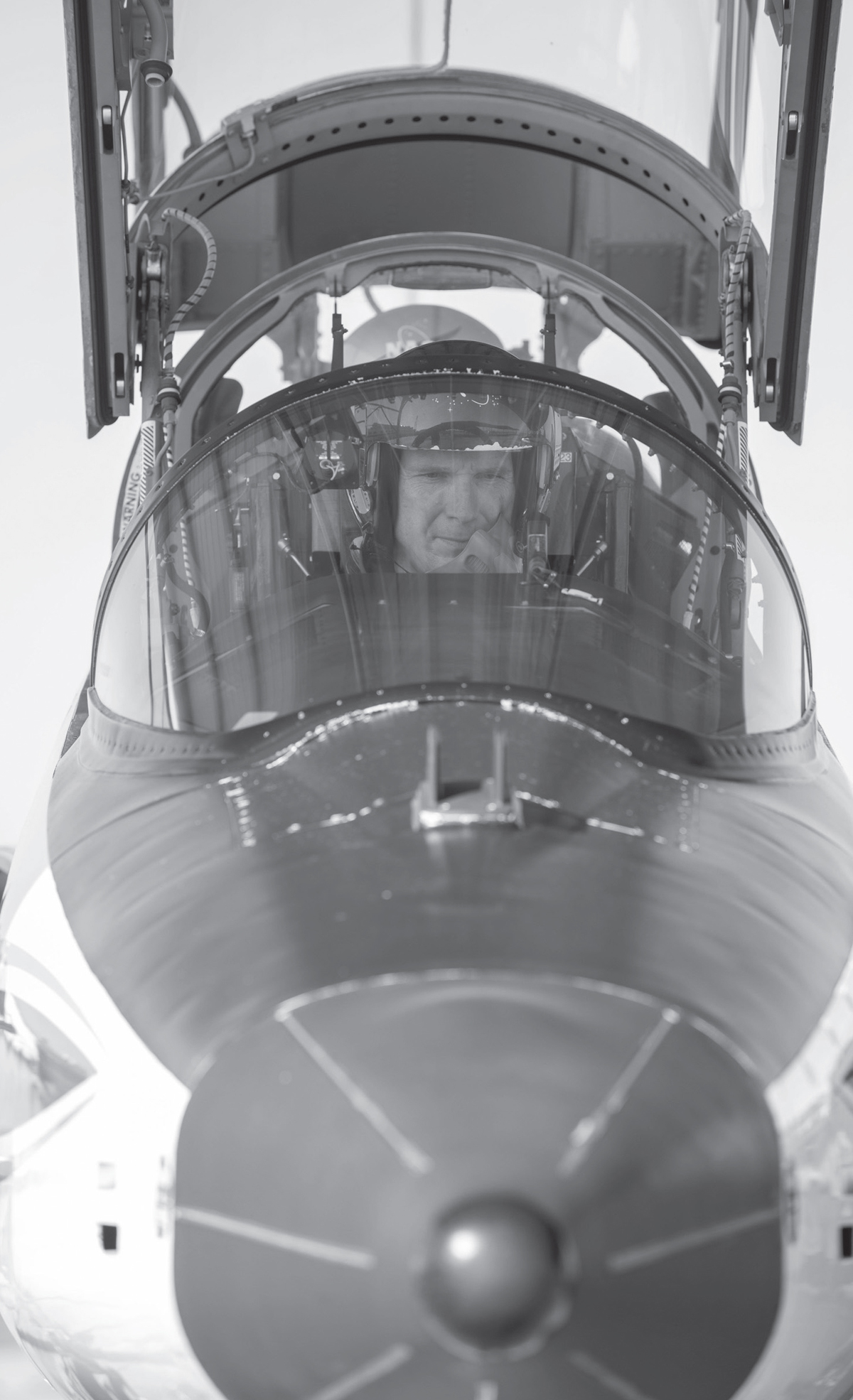
Taxiing for takeoff in a NASA T-38 supersonic jet for Spaceflight Readiness Training.

Flying jets
A Prelude to Flying Spaceships
T here really is no way to completely prepare yourself for spaceflight. You can practice in simulators, study, talk to your fellow astronauts who have been there and done that. But in the end, its impossible to prepare yourself emotionally for what is about to happen when the rocket lights and you get launched off the planet in a trail of fire, and then someone turns off the motors and therefore gravity, and you feel like youre falling (because you are).
Given this, the most important preparation I did before my first spaceflight was flying high-performance jets. Aviation is simply the closest analog we have down here on Earth to prepare astronauts for the rigors of spaceflight. Its not because of the stick-and-rudder skills of landing, or doing aerial acrobatics, or flying in formation. Its because of the mental aspects of flyingmaintaining situational awareness, staying calm under pressure, making sound decisions in time-critical scenarios, staying ahead of the jet mentally, and anticipating several maneuvers into the future, all while zooming along at 500 mph, gas level falling by the minute, with thunderstorms bearing down on your landing airfield.
The ability to do all of these things and remain calm while your pink bodyAir Force jargon for any pilotis on the line is the most important skill any astronaut has. Its a skill that cant be taught in a simulator, where there are no real-world consequences. Fast jets are simply the best way for astronauts to hone their steely-eyed, fighter-pilot qualities.
Font size:
Interval:
Bookmark:
Similar books «How to Astronaut»
Look at similar books to How to Astronaut. We have selected literature similar in name and meaning in the hope of providing readers with more options to find new, interesting, not yet read works.
Discussion, reviews of the book How to Astronaut and just readers' own opinions. Leave your comments, write what you think about the work, its meaning or the main characters. Specify what exactly you liked and what you didn't like, and why you think so.

![Meri Koval - Articulated Restraint [Lady Astronaut #1.5]](/uploads/posts/book/868242/thumbs/meri-koval-articulated-restraint-lady-astronaut.jpg)
